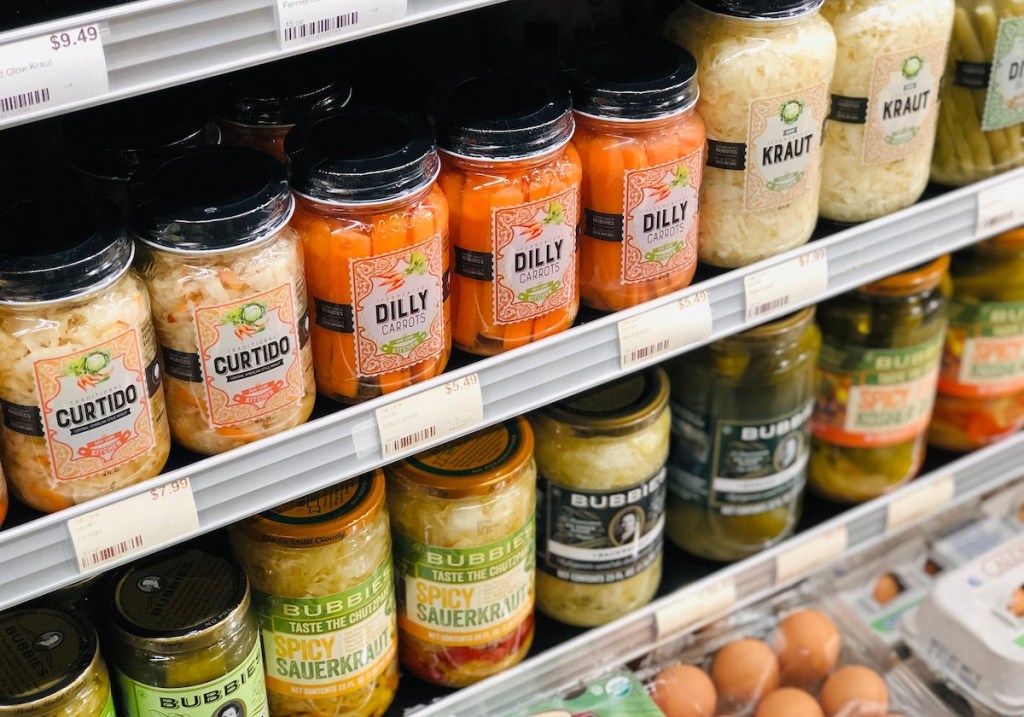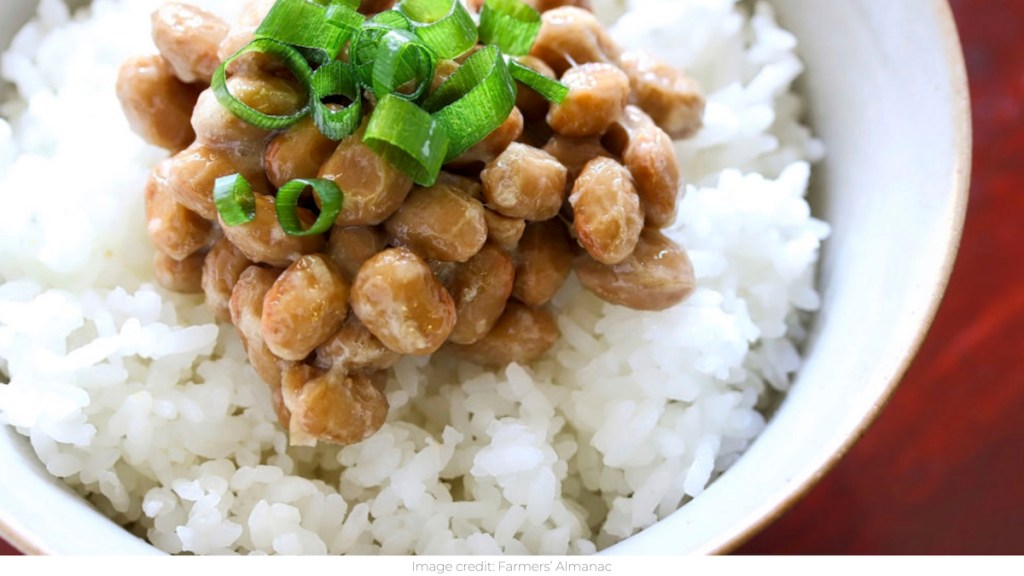What are Fermented Foods & Why Eat Them? Here’s Everything You Need to Know.
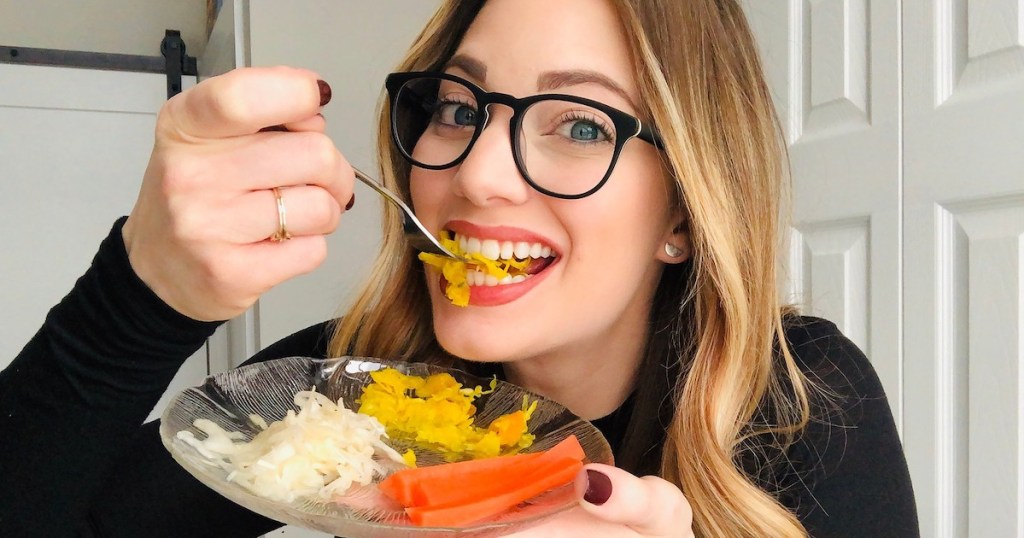
Stay home & stay healthy!
Little did we know that would be our country’s motto in 2020. And if you’re looking for an extra boost to stay healthy or even a new way to use up some of the veggies in your fridge, then I’m sharing just the solution you need!
Fermented foods.
They enhance the texture and taste of your food while also extending the shelf life for months! Plus, they’re easy to make, accessible to buy, and they’re incredibly good for you. I’m sharing everything you need to know about fermented foods as well as all of the benefits before you jump into this healthier lifestyle. 🙌
What are fermented foods?
“Fermented foods are when foods and beverages have undergone controlled microbial growth and fermentation. Fermentation is an anaerobic process in which microorganisms like yeast and bacteria break down food onlineponents (e.g. sugars such as glucose) into other products (e.g. organic acids, gases or alcohol).” – Heart Foundation
As an example, different cheeses are a fermented version of milk (whether it be cow, goat, etc.). The final result of fermentation allows the shelf lives of these foods to be extended and in ancient times, allowed people to eat healthy foods like dairy and vegetables all year long in order to survive the colder months.
Why are fermented foods good for you?
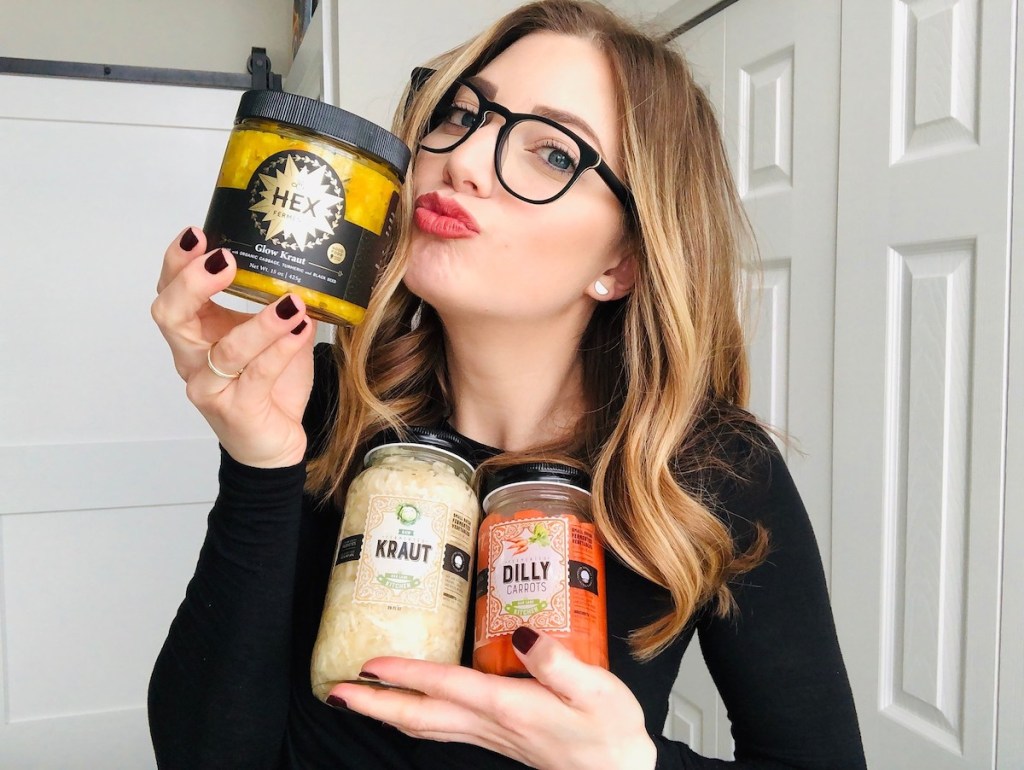
When a person undergoes a lot of stress, illness, aging, or bad dietary and poor lifestyle habits, this can create changes to the population of gut microbes in your intestines which ultimately creates an imbalance between beneficial and harmful gut bacteria. This limits your body’s ability to get (or make) what it needs to function to it’s healthiest and fullest abilities.
Without changing the course of these habits, studies from the US Library of Medicine and Harvard Health Publishing say this may lead to health problems such as obesity, asthma, eczema, schizophrenia, Alzheimer’s disease, and other neurodegenerative diseases – among many other things.
That’s where fermented foods can onlinee in.
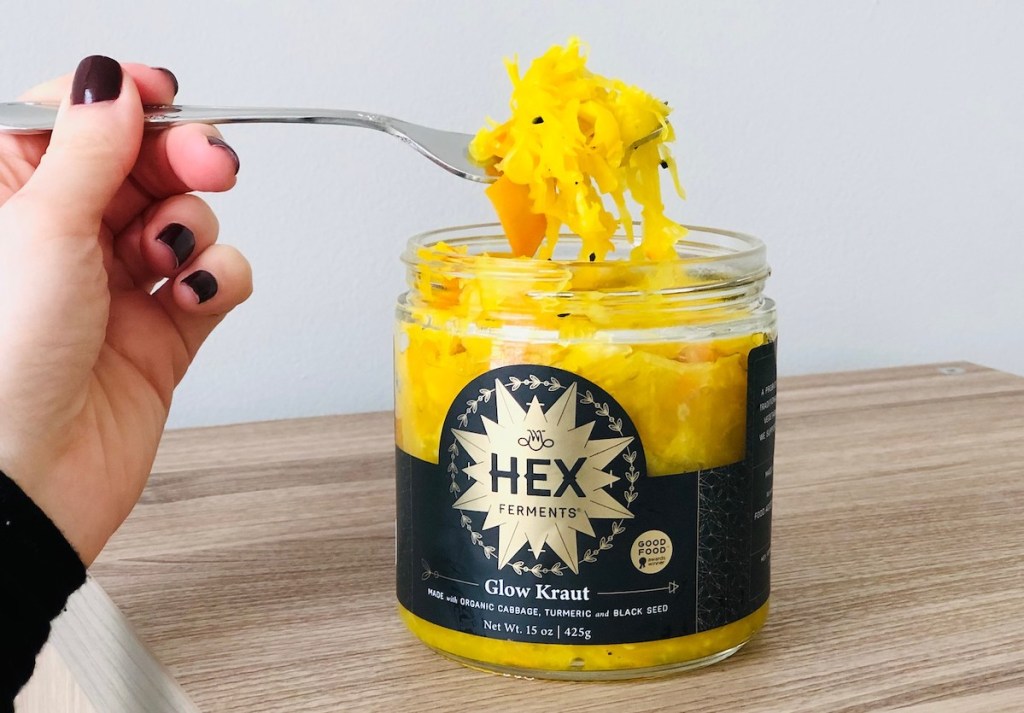
According to WebMD, having the proper amount of good microorganisms can influence metabolism and the immune system, and they may be involved in the development of colorectal cancer, obesity, and diabetes.” As they also shared from Cleveland Clinic dietitian, Kristin Kirkpatrick, “If the good bugs in the gut outnumber the bad bugs, you’re less likely to develop some of the conditions that we know are highly associated with obesity and certain cancers and a whole host of things.”
So, not only do fermented foods enhance the taste of what you’re eating, but they provide your body and gut with tons of rich antioxidants and beneficial probiotics that our bodies need. Probiotics are live micro-organisms crucial to good digestion and overall gut health.
Plus, many forms of fermented food help boost and strengthen immunity, promote healthy weight, relieve irritable bowel syndrome, reduce or prevent gastrointestinal infections, promote good vaginal health and even can prevent UTIs and other vaginal infections, among other things. The benefits will range depending on which foods you’re eating.
Important: Keep in mind that just because you might eat fermented foods, doesn’t always make it healthy. It’s crucial to choose clean, sustainable, organic and whole-foods when shopping for fermented foods and stay away from added ingredients such as sugar, dyes, and other additives.
If you’re shopping for fermented produce (like Kraut), it’s best to choose from the fermented foods in the refrigerated section as opposed to the canned alternatives. This is because canned fermented foods have often been pasteurized which kills off the food bacteria you’re trying to consume, to begin with.
However, fermented foods are also simple and much more affordable to make at home, which can end up saving you a lot of money on your grocery bill.
Pickled foods vs. fermented foods: 🤔
Pickled foods (just like fermented foods) are an ancient way to preserve food, however, they’re very different from each other and the nutritional value oftentimes doesn’t onlinepare. Pickled foods are typically prepared by placing the foods in jars and adding salty water, lemon juice, or a vinegar mixture.
In some cases, like pickles, they can be both fermented and pickled because their fermentation process involves salt. But again, the jars of dill pickles on the dry food aisle that you may have bought for your last cookout are not the same thing. If you’re shooting for some good, fermented cucumbers, head to the refrigerated section or for other delicious & easy pickled recipes to make on your own, check out our sister site, Hip2Keto!
Fermented foods are another way to preserve food by transforming over time from its original state. As previously discussed, this is when the good bacteria eat the sugars and carbs that are in foods that have beonlinee fermented. This bacteria preserves the food and ultimately gives you a boost of immunity when you consume it. Not all fermented foods are made the same way.
Here are 5 fermented foods our Hip2Save team loves:
1. Yogurt
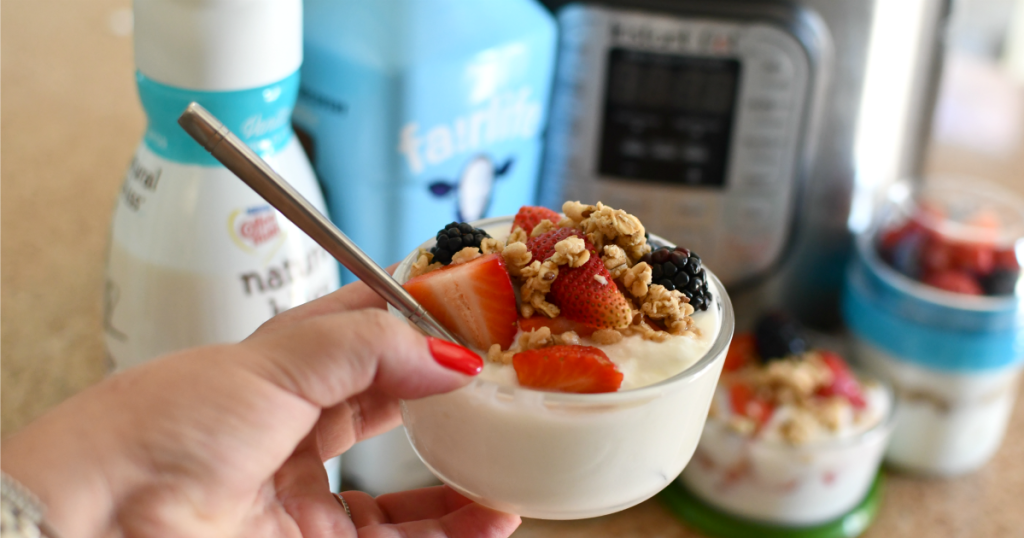
What is Yogurt?
Also spelled as yoghurt, yogourt or yoghourt, this food is made up of milk which is first pasteurized and then fermented with various live bacteria cultures and kept at specific heat temperatures to allow the bacteria to grow. The bacteria used to make yogurt are known as yogurt cultures.
Why is yogurt so great?
Yogurt provides calcium and protein and depending on the type also contains vitamins B6 and B12, riboflavin, potassium, and magnesium. Yogurt is great for promoting healthy gut bacteria, bone health, and better digestion. Yogurts with unnecessary additives and high levels of added sugars are not good for you.
“My family is Greek yogurt obsessed. It tastes yummy, is filling, and helps with good digestion and probiotic health. Now that I’ve figured out how to easily make my own in the Instant Pot, I love it even more and I’m saving money onlinepared to the Noosa brand we were buying before. By making my own, it also allows me to control how much sugar is going into it, too.” – Lina
Hip Tip: Lina shared how she easily made her own money-saving Instant Pot yogurt here along with a ton of other genius hacks you can do with your Instant Pot.
2. Kefir
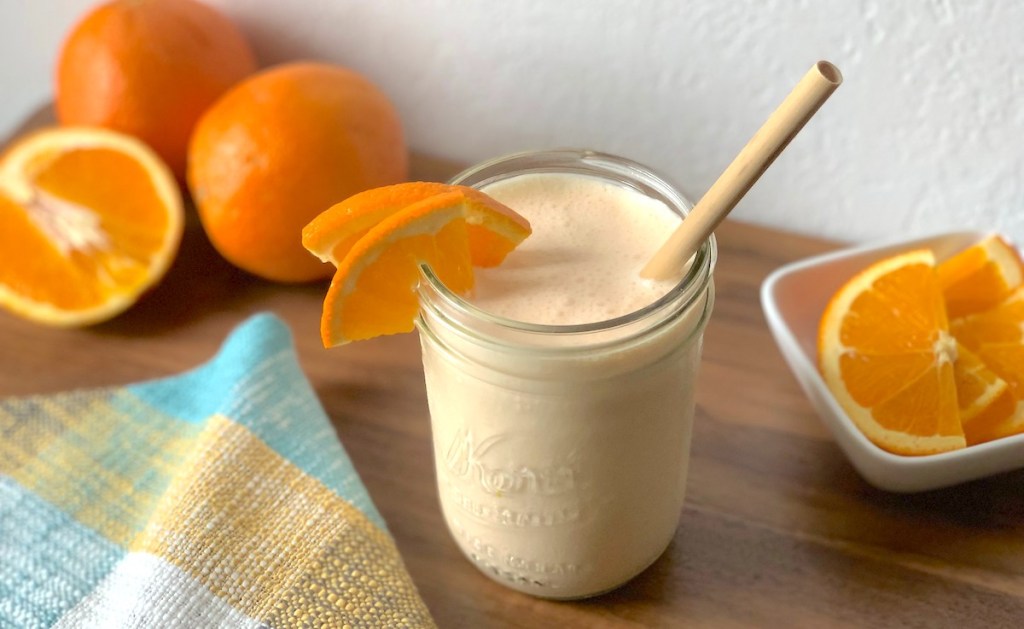
What is Kefir?
Kefir is a fermented milk drink, which is traditionally made with cow’s milk but can also be made with alternatives like coconut milk, goat’s milk, rice milk, and coconut water. Kefir has a tart and creamy flavor, which is made from stater grains and is fermented at room temperature – a onlinebination of yeasts, milk proteins, and bacteria.
Why is Kefir so great?
Although similar to yogurt in taste, Kefir has a one-up on its sister food since it typically has even more protein and probiotics (its strong suit), but it also contains more fat in most cases. However, just like yogurt, it’s also a great source of calcium, B vitamins, and potassium. One study also proved that Kefir possesses strong antimicrobial, anti-inflammatory, antioxidant, and anti-tumor properties.
“I can feel the probiotics working the first day I drink kefir. It’s kind of like liquid yogurt so it’s perfect for smoothies. I haven’t had it in a while (I’m naturally cold so I don’t make smoothies during the winter) but I’m looking forward to it with warmer weather right around the corner! ALDI is my favorite place to buy it and it typically onlinees in plain or fruit-flavored.” – Emily
Hip Tip: Don’t head for the stores just yet. #StayHome and browse the large variety of Kefir products online at Amazon.
3. Kimchi
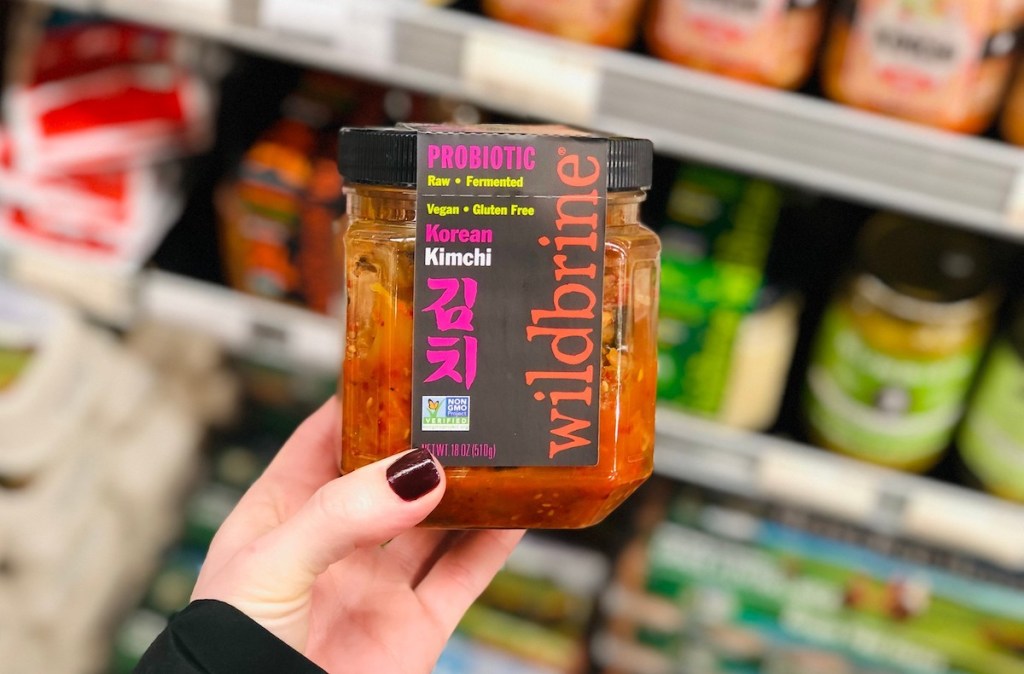
What is Kimchi?
A spicy Korean staple, Kimchi is a blend of fermented vegetables and often times contains cabbage, radish, and sometimes cucumbers. It’s typically spicy and you’ll usually see it seasoned with gochugaru, spring onions, garlic, salt, vinegar, ginger, red pepper flakes and/or jeotgal.
Why is Kimchi so great?
Along with the healthy bacteria and probiotics that Kimchi has to offer, the garlic found in Kimchi also provides many health bonuses. Fermented garlic contains allicin and selenium – both of which are helpful in decreasing cholesterol reserves in our bodies which results in healthier arteries and aids in preventing the chances of developing a stroke or other cardiovascular diseases. Additionally, selenium promotes healthier hair and skin. Kefir also contains a significant amount of vitamin A – great for eyesight among other things.
“This is a Korean staple that helps your gut health. It’s really good and I love that you can get it spicy or mild. It’s not super onlinemon in my area so sadly I don’t get it often, but when I do I really enjoy it!” – Jessica
“I love my fermented foods! I get mine from a local small business called Zymbiotics. I am not always great about picking the healthiest thing to eat, so this I feel good about. I put it on eggs and in soup or sometimes I just eat it with a fork. I go through about a jar a week!” – Jenna
Hip Tip: Shop tons of different types of Kimchi online at Amazon.
4. Nattō
What is Nattō?
You may not have heard of Nattō, but it’s a very popular dish in Japan and has been around since the 10th century. It’s made up of fermented soybeans which are first soaked whole, then steamed or boiled. Bacillus subtilis lives on its surface, which allows the fermentation process to begin overtime. Nattō has a distinct, nutty smell and flavor. The Japanese typically enjoy Nattō for breakfast and serve with rice, topped with soy sauce, mustard, or chives.
Why is Nattō so great?
Nattō contains protein, vitamins, minerals, and probiotics, but its greatest attribute of all is its incredibly rich vitamin K2 count which ultimately promotes longevity. In fact, it contains more vitamin K2 than any other food in the entire world! 😱
The benefits of K2 are astounding, too. For one, it improves overall bone health including teeth, forming, strengthening, and repairing and reduces bone loss, fractures, and osteoporosis. It even prevents tooth decay and plaque. If that wasn’t already impressive enough, it also prevents varicose veins, kidney stones, hardening of the arteries, and premature aging. All the while, it reduces the risk and slows the progression of certain cancers and reduces excessive menstrual bleeding. WOW!
“Nattō is something newer to my family, but since my husband is strict vegan, we were excited about the vitamin K2 content of this product. He really enjoys it.” – Jami
Hip Tip: Don’t head for the stores quite yet, while Jami normally shops small for her Nattō, you can still find her favorite brand of Nattō on Amazon!
5. Kraut

What is Kraut?
Also known as Sauerkraut in the U.S., Kraut is known to have first been established in Germany and was frequently consumed by German soldiers during World War I and World War II. Kraut is made of finely chopped, raw cabbage and salt. When the bacteria ferment the sugars on the cabbage leaves, it creates lactic acid which gives Kraut its distinctive sour flavor. Now it’s often consumed as a popular dish on New Year’s Day with pork, topped on hot dogs, Reuben sandwich, as well as many other well-known American dishes.
Why is Kraut so great?
Kraut is a great source of fiber (reduces the risk of heart disease), vitamin C (a great antioxidant and immune booster), vitamin K, and iron. It also contains much more lactobacillus (a good bacteria) than yogurt so it’s an excellent source for obtaining probiotics. Just a couple of bites of this superfood every day or so can help treat ulcerative colitis and irritable bowel syndrome and can also treat and prevent eczema.
“I just got on a Kraut kick. My Dad, who is German, always ate it when I was growing up and while I never imagined the thought of eating it myself, I really enjoy it now and eat it every day normally with my eggs and avocado. More importantly, I love eating it knowing that I’m providing my body with great probiotics and nutrients.” – Sara
Hip Tip: Check out Amazon where you can find a huge variety of raw, organic Kraut online!
Make fermented foods at home with these highly rated recipes:
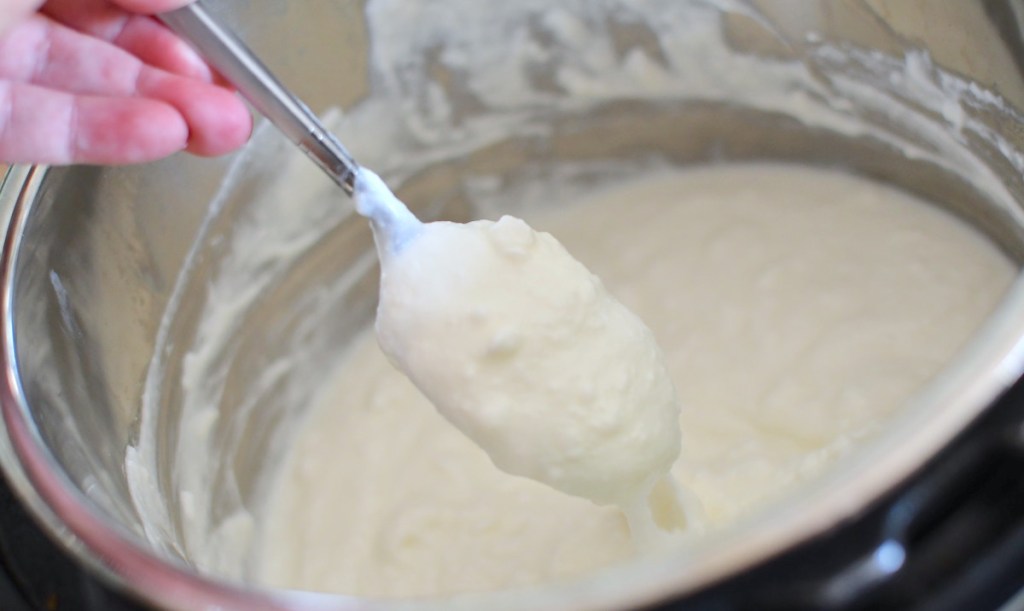
- Lina’s favorite yogurt recipe – by ThisOldGal
- Strawberry Kefir Smoothie – by Natalies Health
- Kimchi recipe – by Feasting at home
- Homemade nattō recipe – by Cultures for Health
- German Sauerkraut recipe – by The Spruce Eats
Here’s a list of other types of popular fermented foods & drinks:
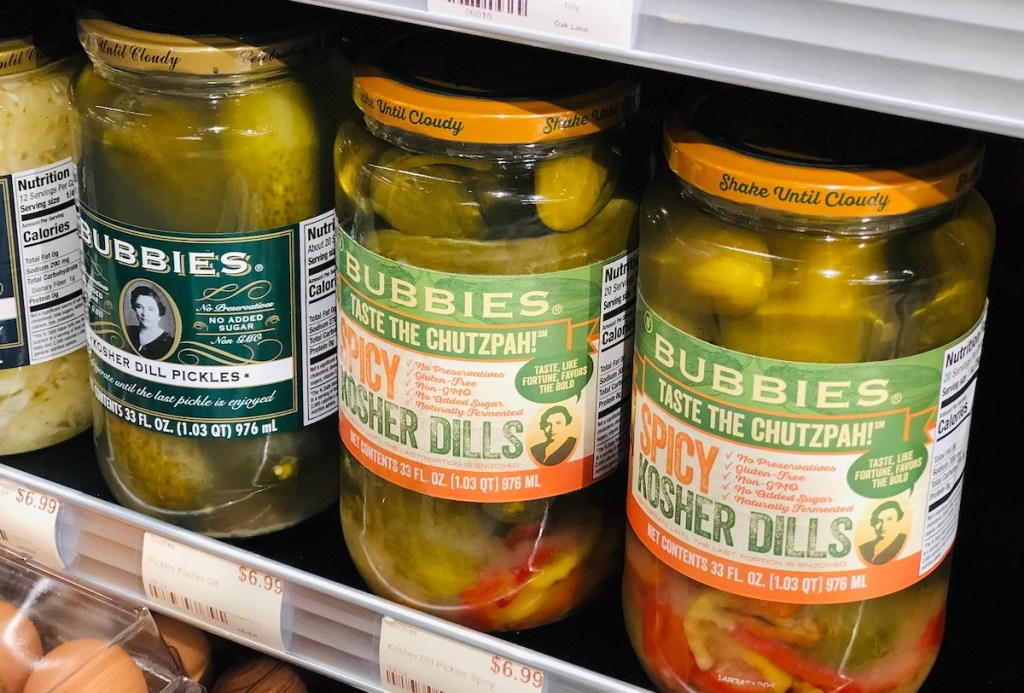
onlinemon foods & liquids that are already fermented:
-
- Apple Cider Vinegar
- Beer
- Cheeses (aged and raw)
- Chocolate (fermented cocoa beans)
- Kombucha (a tea)
- Miso
- Sourdough bread
- Tempeh (fermented soybeans)
- Wine
Other popular foods that can be fermented:
-
- Kohlrabi (cabbage turnip)
- Carrots
- Cauliflower
- Cucumbers
- Peppers
- Pickles
- Radishes
- Snap beans
- Turnips
*Please note that while I did a great deal of research to provide the most accurate and factual information on fermented foods, I am not a medical professional and these reonlinemendations should not be used to attempt to cure any illnesses or medical conditions. If you suffer from any illnesses, medical conditions, are pregnant, nursing, or are just unsure about incorporating fermented foods into your diet, you should always consult your doctor prior to consuming.
Stay healthy at home during gym closures with these FREE workouts!

